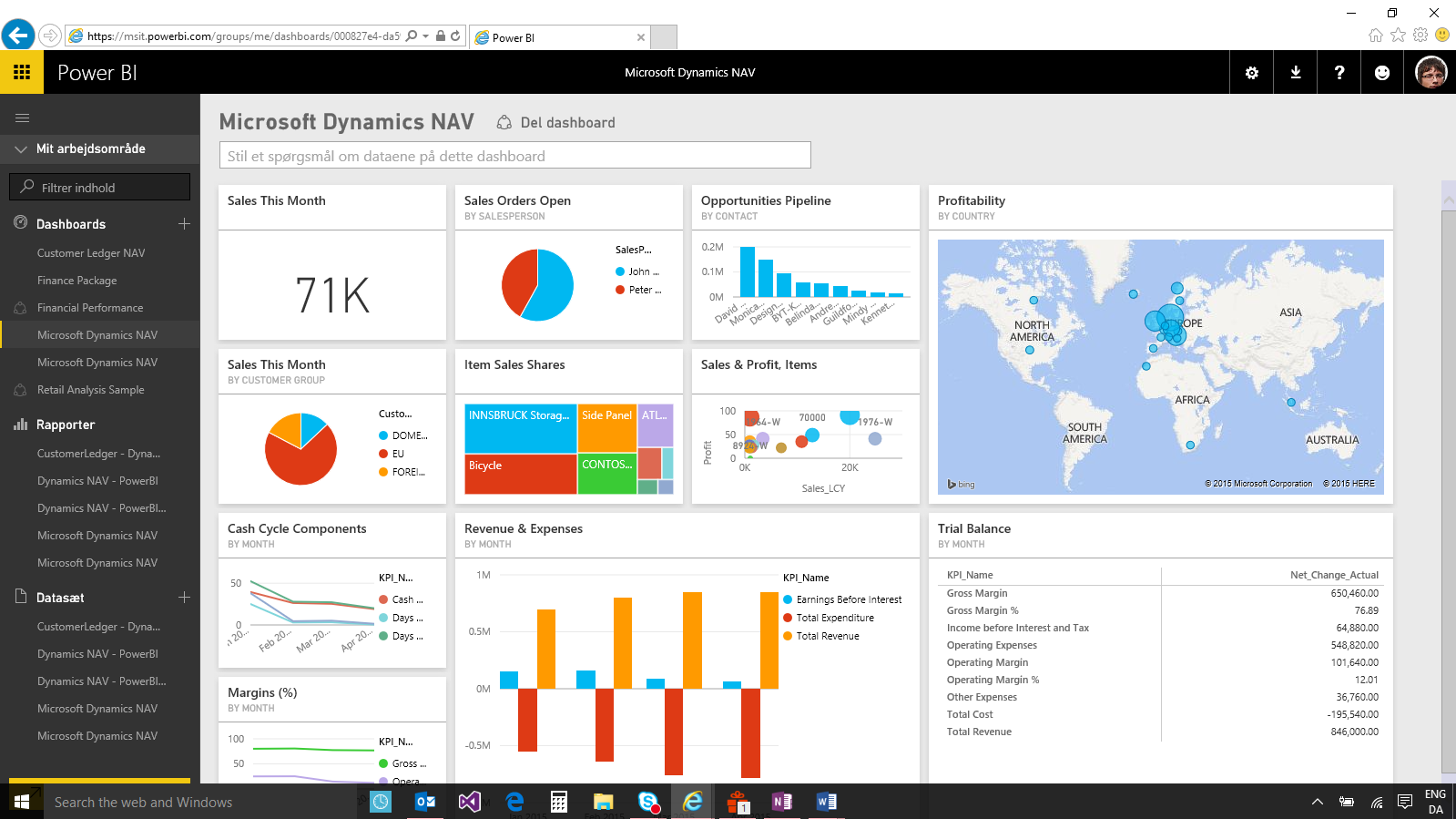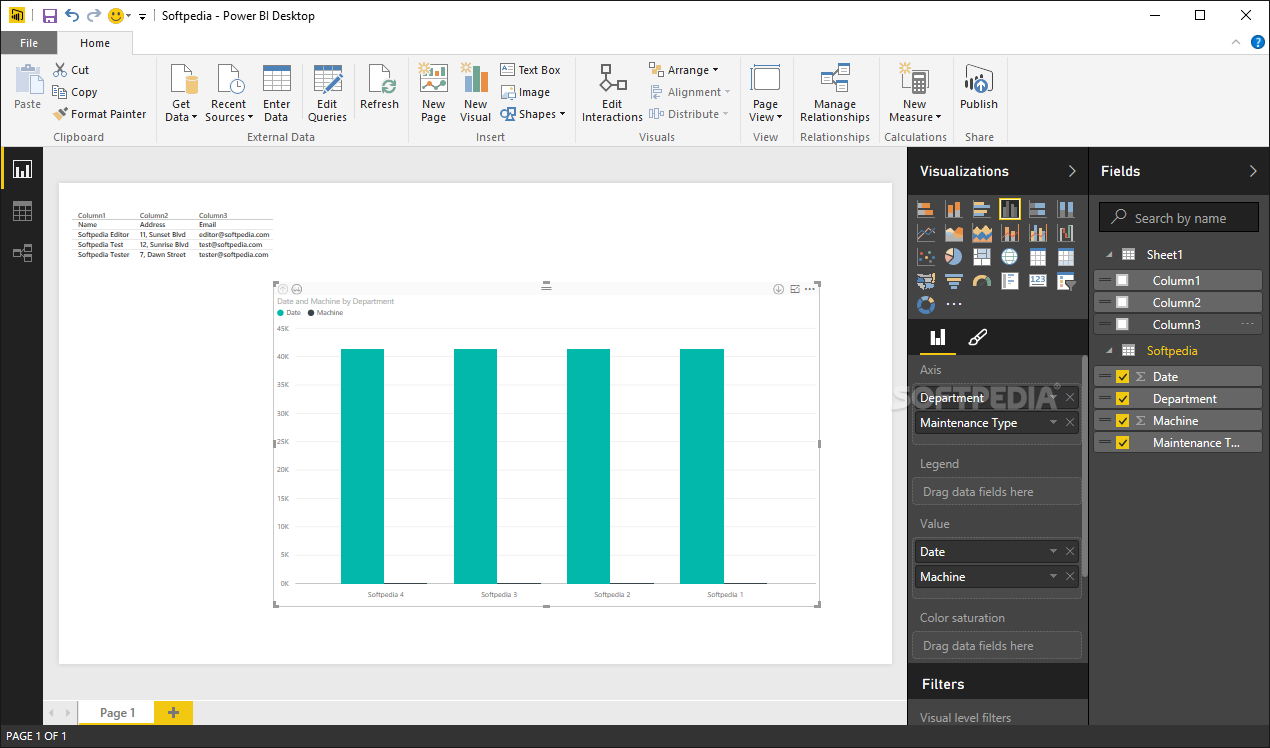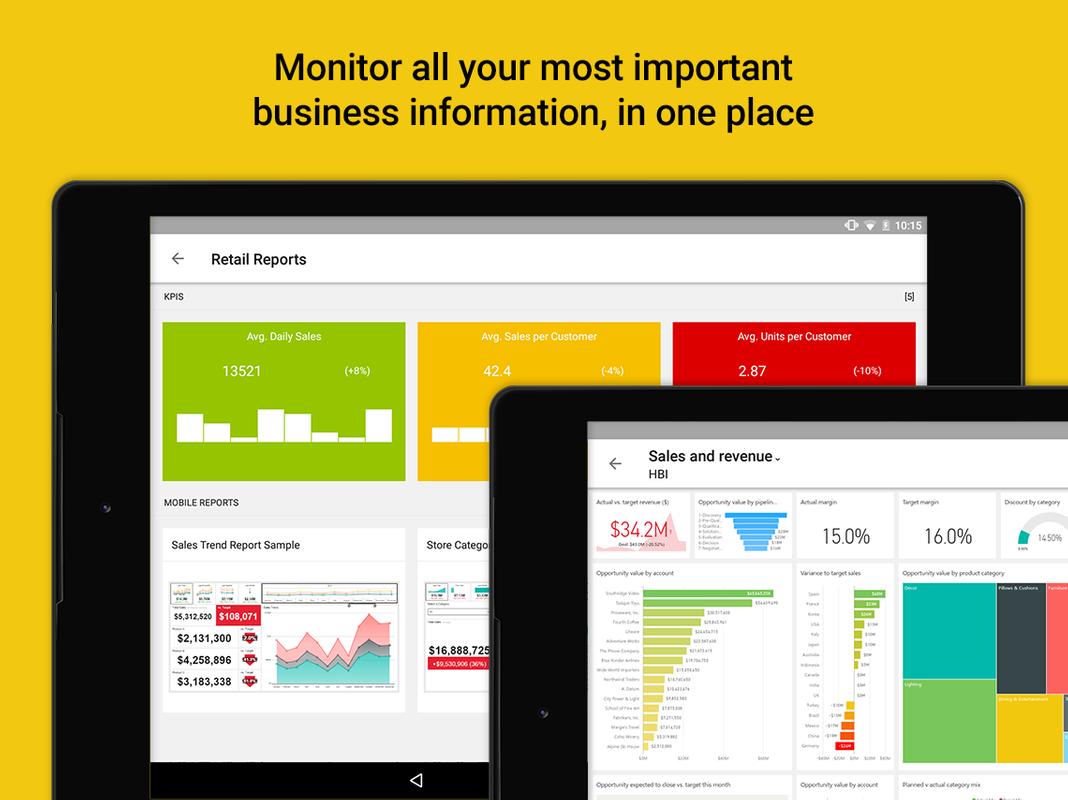There's no native Mac version of Power BI Desktop, though the community idea is Under Review (being considered) by the Power BI team. You could add your votes there. Until that happens, are you able to run Windows on your Mac and install it that way? Other Resources. For more information on this powerful data analysis experience in Excel, check out our other resources: Virtual Labs – These hands-on labs go deeply into Get & Transform and Power Pivot within a virtual environment. EdX.org Analytics Course – For the analytics enthusiast, we offer a free.
- Power Bi Download Microsoft
- Microsoft Power Bi Free Download Mac Download
- Microsoft Power Bi Free Download Mac Version
When you are using Power BI for your report analysis, you also need to create a few dashboards that can be really helpful and used often. You can restructure your process and update your reports by creating Power BI templates that give you the ability to upload a number of data sources and automatically rebuild your charts and formats in a new, active dashboard.
What is the Power BI Templates? Power BI Online Tutorial

Power BI Templates are very useful for visualizing the data. But everyone has a different perspective related to Power BI Templates. As per Power BI Developer, Power BI Template is a Power BI File that has all meta-data for data visualization but doesn’t contain the data itself.
If you want in-depth knowledge about other Power BI features and its applications then enroll in our latest Power BI Course Training Programto get high pay salary as Power BI Expert.
Power BI Templates help the users to export the definition of a report without considering the actual data. Users can easily create a Template using Power BI Desktop, which asks them for parameter values and creates a new Power BI Desktop Report depending upon the elements in the Template file(PBIT file).
While making a Power BI report with the aim of creating a Power BI templates, you need to be alert of the way that you transform your data. Because creating a Power BI templates will basically mean that when you upload a data source, it will be transformed or modified based on the steps you apply to your original report.
[toc]
When you transform data from your report, you need to perform it in a way that can be reapplied to other data sources as well. But the condition is that the names of the columns of the original data source and new data source must be the same. You cannot apply transformations that may work in one file but not another, like replacing a specific value, unless that value will be found in any file that you may open with the Power BI templates.
You can predict Power BI’s applied steps as a macro for your data; the same steps will be performed in the exact same order, based on transformations you make to each column. If your new data is missing any column, has an additional column, or has a different column than your primary data source, the steps will not work when applied to the new, different data source.
How to build your Power BI Templates
To create Power BI Template; Go To File, Export then Power BI Template. Then rename your template and choose the required location. Now you can import the Power BI Data Model as well as required queries.
After you have built your Power BI report, it’s time to create your Power BI templates Step-by-Step. Follow the below procedure:
Step 1. Create a New Report in Power BI
In order to create a Power BI templates, you should first have a Power BI report. The image below shows the financial report created on the Power BI desktop.
Step 2: Edit Queries in Power BI
Now you have to go to the Power Query Editor to create a new parameter. To open Power Query Editor go to Home tab > Edit Queries tab > Select Edit Queries option as shown in the below image.
Step 3: Create a New Query Parameter
Now it’s the time to create a new parameter in your query editor. As shown in the below image, you can only see the source file i.e. Financials in the Queries pane. When you will add a parameter, it will be displayed below the source file in the Queries pane.
After that you have to create a new parameter by selecting Manage Parameters > New Parameter under the Home tab in the query editor ribbon.
As soon as you click on the new parameter option, the Parameters window will get open. Now you need to create your parameter by giving a Parameter Name in the Name Text box. Then you have to change the Type to “Text,” and add the file path to the current data source. Also, make sure that the Required box is checked. If you select “Required,” that means that your Power BI templates will not open unless a value is entered into the prompt. If the “Required” box is unchecked it can be used for optional files. After clicking on the OK button, you will see the new parameter in the left sidebar of your query editor as shown in the below image.
Read more:Top Power Query and Power BI courses, to help you nail your Dream Job in the BI sector.
Step 4: Change Source Settings in Power BI
After creating the new parameter, you need to update the source for your file by clicking on the gear icon to the right of Source under Applied Steps as shown in the image below.
When you click on the gear icon a window will get open as shown below which will allow you to change the source path.
To change the file path, click on the Advanced option first and then click on the dropdown of the file path and choose parameter as shown in the image below.
When you click on OK you will get to see that your path is been replaced by your parameter as shown below.
BI & Visualization Training.
Step 5: Close and Apply Query Editor
As you’ve created your parameter and updated your data source to that parameter, you can close out of the query editor and apply as shown in the image below.
Step 6: Save Report as a Power BI Templates File
To save your Power BI template, select File > Save As and save it as a .pbit file i.e. Power BI Templates file.
Step 7: Open Power BI Template file with a New Data Source
To test your new template, open the Power BI template file and click OK to export the template as shown in the image below.
After that, you will be prompted to enter the file path for your data source. Enter your data source’s file path as shown below, including the filename and file type.
After clicking on the Load button, your report should load by applying your steps to your new data source.
When data gets loaded completely you will observe that your Power BI templates file includes all the data that you had applied to your report. Below shown is the image of the Power BI templates file.
Conclusion
In this blog, we will learn about How to Create Power BI Templates Step-by-Step.
Power BI is a powerful BI tool, but it sadly doesn't support Mac devices.
A couple of years ago, I was working for a company where 90% of our staff had a MacBook and loved it, but there was no way for our Data Team to work with Power BI to build out reporting. Then we turned into another tool named Holistics, a cloud-based one.
In this post, I will share my experiences implementing Power BI on Mac OS, which I hope is helpful to you if you are looking for a solution.

Disclaimer: I fell in love with Holistics at the previous company, and am now working for Holistics!
Since Power BI can't run on a Mac, here are our recommendations to run Power BI on Macintosh Devices.
- Install and run Power BI on a Virtual Machine, then remote in to that Virtual Machine.
- Install and run Power BI on a PC, then use a remote viewer to control that PC.
- Use an alternative BI solution.
- Install Windows on Mac using Boot Camp
To give you a little context about Microsoft's plan on supporting Power BI on Mac devices, they are not considering developing Power BI desktop for Mac devices anytime soon.
You can also visit this link to keep track of their upcoming plans.
You can set-up a Windows Virtual Machine on Azure, Google Cloud or AWS.
- Azure: https://azure.microsoft.com/en-us/services/virtual-machines/ (starting from $61/month)
- AWS: https://aws.amazon.com/getting-started/tutorials/launch-windows-vm/
Then you install and run Power BI on that Virtual Machine.
Finally, install Microsoft Remote Desktop for Mac on each device to give your team access to that VM.
There are a couple of disadvantages to this approach, however:
- It's difficult to control permission access and version history.
- You can only have one person working on a machine at a time, since Power BI for desktop is not a collaborative tool.
It's a little bit the same with the first method, however, this time, you use a physical machine.
You set-up a Windows PC, install and run Power BI on that PC.
Install TeamViewer, AnyDesk, or MS Remote Desktop to give people access to that PC and use Power BI from their Macs.
Cons: same with the first method, and you have to maintain a physical PC.
Power BI is powerful — it helps your team consolidate data and build dashboards and reports with a powerful data modeling layer. It's not easy to find a great tool in the market to replace Power BI, but here are two alternative solutions I recommend which is 100% cloud-based, can replicate its functionalities, and in some cases do even more.
1. Holistics
Holistics is a powerful full-stack data platform that allows companies to set up an end-to-end, reusable, and scalable data analytics stack with minimal engineering resources.
It not only gives data analysts a powerful SQL-based data modeling approach, but it also helps them build a data warehouse and automate reporting. Holistics is also designed to empowers non-technical users to get insights with a strong self-service analytics offering.
Holistics vs Power BI: https://www.holistics.io/compare/holistics-vs-powerbi/

Power Bi Download Microsoft

2. Looker + StitchData
Looker is a business intelligence and big data analytics platform that helps you explore, analyze and share real-time business analytics easily.
Looker is also a powerful server-based Data Modeling BI tool, however, they don't support Data Transforms and Data Imports, so you will need another tool for that called StitchData. Together, you get all the power of Power BI with none of the Windows lock-in.
Boot Camp is a utility that helps you install Microsoft Windows 10 on your Mac, then switch between macOS and Windows when restarting your Mac.
You can learn more about how to use it here
Microsoft Power Bi Free Download Mac Download
I like Power BI's product, but it is difficult to keep using Power BI given that the tool is built exclusively for the Windows Desktop. Instead of allowing your data team to work collaboratively, your data pipeline will depend on Windows. This is difficult and restrictive if your organization works primarily on Mac.
Microsoft Power Bi Free Download Mac Version
The upshot here is that if you do not use a Microsoft-stack at your organization, a 100% cloud-based solution would be a better fit for your needs.



